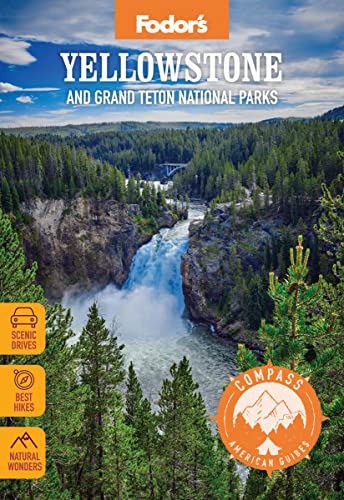Getting Here and Around
Air
Several daily flights link Bozeman’s Yellowstone International Airport to Denver, Los Angeles, Minneapolis, Salt Lake City, and Seattle. Butte Airport has service from Salt Lake City. Helena Airport has service from Minneapolis, Denver, Seattle, and Salt Lake City. Note that major air carriers tend to use smaller planes to serve the area.
Airports
Bert Mooney Airport. 101 Airport Rd., Butte, Montana, 59701. 406/494–3771; www.butteairport.com.
Bozeman Yellowstone International Airport. 850 Gallatin Field Rd., Belgrade, Montana, 59714. 406/388–8321; www.bozemanairport.com.
Helena Airport. 2850 Mercer Loop, Helena, Montana, 59602. 406/442–2821; www.helenaairport.com.
Bus
Greyhound Lines serves several communities along I–90, including Billings, Bozeman, Butte, and Helena. Karst Stage/4x4 Stage has regional service in the Bozeman area, plus service from Bozeman to Big Sky. Jefferson Lines, which has a transfer point in Billings, serves major communities in the state. Skyline is a Big Sky–area bus service that also provides service between Bozeman and Big Sky.
Information
Jefferson Lines. 858/800--8898; 406/245–5516; www.jeffersonlines.com.
Karst Stage/4x4 Stage. 800/845–2778; 406/556–3500; www.karststage.com.
Skyline. 406/995–6287; www.skylinebus.com.
Car
Although rideshare services like Uber and Lyft exist in Bozeman and Helena, they will only get you so far. A private vehicle is almost a necessity to explore southwest Montana, as it allows you to appreciate the grandeur of the area. Wide-open terrain affords startling vistas of mountains and prairies, where you’re likely to see abundant wildlife. I–90 is the major east–west artery through the region; I–15 is the major north–south route. Most of the other routes here are paved and in good shape, but be prepared for gravel and dirt roads the farther off the beaten path you go. Driving through the mountains in winter can be challenging, so a four-wheel-drive vehicle, available from most car-rental agencies, is best.
Major routes are paved and well maintained, but there are many gravel and dirt roads off the beaten track. When heading into remote regions, be sure to fill up the gas tank, and check road reports for construction delays or passes that may close in severe winter weather. Always carry a flashlight, drinking water and some food, a first-aid kit, and emergency overnight gear (a sleeping bag and extra, warm clothing). Most important, make sure someone is aware of your travel plans. While driving, be prepared for animals crossing roads, livestock on open ranges along the highway, and other hazards such as high winds and dust or snowstorms. When driving in the mountains in winter, make sure you have tire chains, studs, or snow tires.




